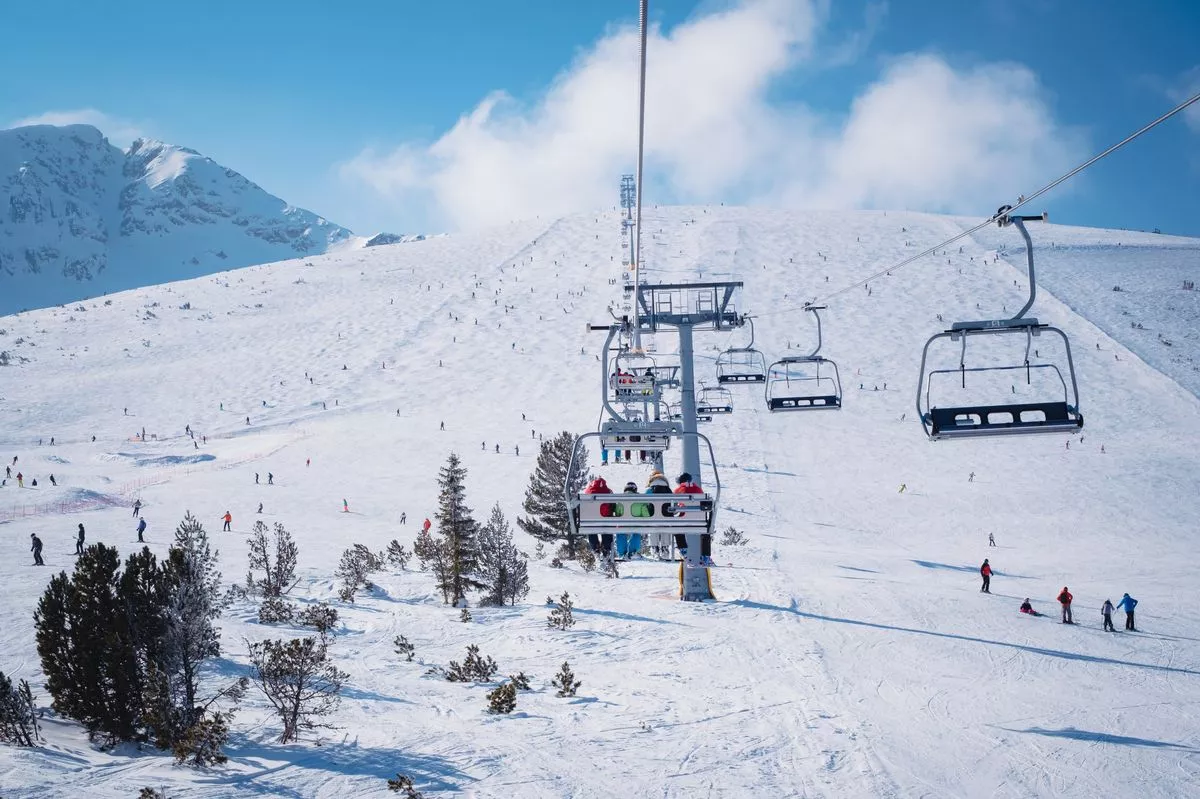It’s never too late to book a ski trip for early next year, and there are plenty of all-inclusive package deals available across a list of desirable European destinations
Amidst the Christmas chaos, many of us start planning our trips for 2026, with skiing being one of the most popular holiday activities during the first few months of the year. However, by the time you factor in your ski pass, they can become notoriously expensive. Happily, there are four European resorts that start from just £320 per person, with everything included.
A booking website called Heidi allows travellers to search for their desired skiing package holiday with any dates or locations they prefer, bringing up the best deals. Users can also choose specific filters for a package, such as beginners, advanced, families, large ski areas, apres-ski, or opt for a short transfer.
To help holidaymakers find the best deal for booking a last-minute ski package holiday for January, Heidi has revealed their most affordable deals, including those from their most popular destinations. The packages include a three-night stay for two in January, with flights, accommodation, transfers and lift passes all included.
These are the most affordable package deals for January 2026:
1. Bansko, Bulgaria – £320pp
- Sunday, 18 January – Wednesday, 21 January
- Includes: Three nights B&B at Hotel Dzhangal, return London – Sofia flights, airport transfers, two-day ski lift pass
2. Les Houches, France – £332pp
- Sunday, 11 January – Wednesday, 14 January
- Includes: Three nights’ accommodation at Les Campanules, return London – Geneva flights, airport transfers, two-day ski lift pass
3. Zakopane, Poland – £342pp
- Sunday, 11 January to Wednesday, 14 January
- Includes: Three nights B&B at Hotel Nosalowy Dwór, return London – Krakow flights, airport transfers, two-day ski lift pass
4. Arinsal, Andorra – £350pp
- Tuesday, 13 January to Friday, 16 January
- Includes: Three nights’ accommodation at Sant Gothard, return London – Barcelona flights, airport transfers, two-day ski lift pass
Heidi noted that for those who don’t want ski passes included in the package, prices are expected to be even cheaper. Travellers can also search ‘anywhere’ on the Heidi website for further deals if they’re flexible on their location.
Co-founder of Heidi, Marcus Blunt shared: “If you’re not restricted to school holidays, go skiing in January – it’s off-peak and therefore usually the cheapest time and the slopes are quieter. Snow conditions are great in January, so you can also choose from lower altitude resorts, which can be cheaper than some of the bigger, higher-altitude resorts.
“If budgets are tight, go for a long weekend or short mid-week break. It may sound obvious, but with 4 or 5 nights instead of a full week, you still get lots of skiing in, but it really brings the overall cost down. If you’re flexible with your dates, use our flexible dates search filter – you could save hundreds by flying on mid-week days versus over a weekend.
“Everyone loves a bargain, but our customers prioritise getting great value over just the lowest price. Price matters, of course, but getting the quality experience they want for their money – with flexibility, convenience, and peace of mind – matters more. That’s where Heidi helps travellers make smart choices.”
Do you have a travel story to share? Email webtravel@reachplc.com







